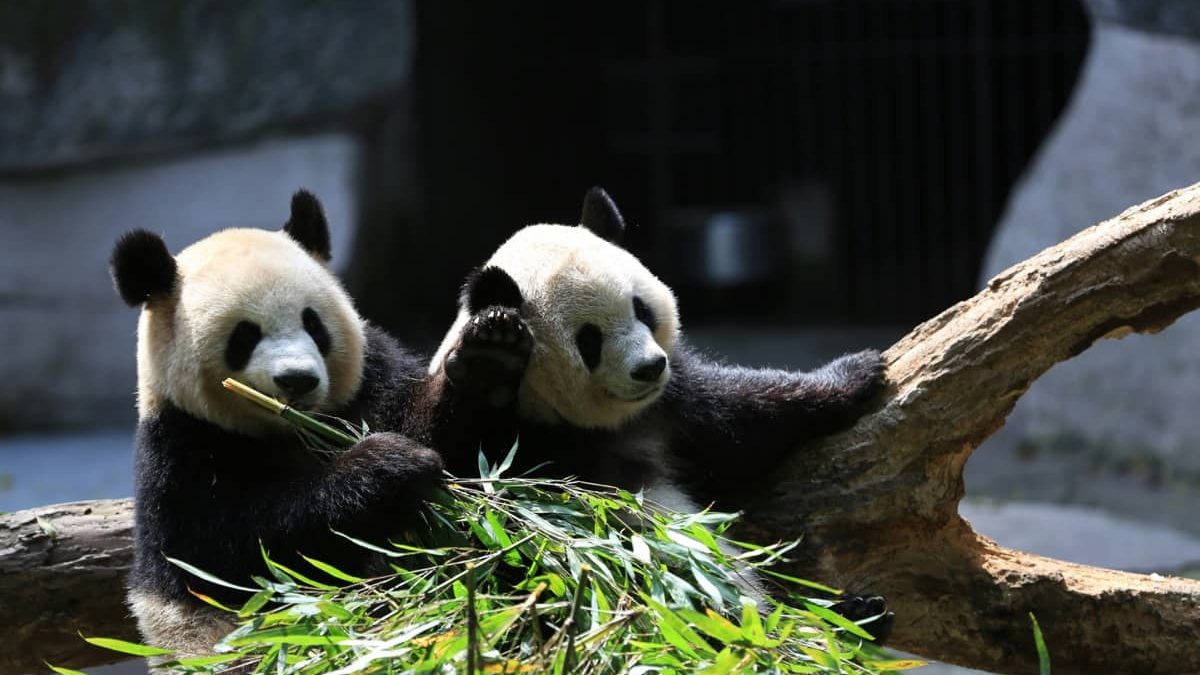
Where Do Deer Sleep?
The image of a majestic deer nestled peacefully in a sun-dappled forest comes to mind when we think of their sleep habits. But where do these graceful creatures actually rest their heads, especially when the world throws rain, darkness, and the hustle of the day at them? Let’s delve into the fascinating world of deer sleep, exploring their cozy hideaways and uncovering some surprising facts about their snoozing routines.
Rain or Shine, a Deer Finds Its Zzz’s
When the heavens open up, deer seek shelter from the downpour in various cozy nooks.
- Evergreen havens: Dense coniferous trees like pines and firs offer excellent protection from the elements. Their low-hanging branches create a makeshift roof, while the thick foliage shields deer from the wind and driving rain.
- Rock formations: Tucked beneath rocky overhangs or nestled amongst boulders, deer find dry patches and windbreaks to weather the storm.
- Human-made structures: In agricultural areas, barns, sheds, and even hay bales can provide surprising sanctuaries for rain-soaked deer.
Nighttime Slumber Under the Stars
As dusk settles, deer switch gears from grazing to snoozing. Their preferred nighttime havens prioritize security and awareness:
- Thick undergrowth: Dense forests and brushy areas offer excellent camouflage and protection from predators. Deer often create “beds” by repeatedly lying in the same spot, flattening the vegetation for a comfortable rest.
- Hillside benches: Slopes provide a good vantage point for scanning for danger while offering comfortable beds. Deer often position themselves with their backs to the slope for added security.
- Field edges: The boundary between open fields and forests offers both grazing opportunities and cover. Deer can quickly retreat into the woods if they sense danger.

Daytime Drowsiness in Hidden Corners
During the day, when predators are most active, deer seek out secluded spots to catch some winks. These daytime resting areas often double as feeding grounds:
- Tallgrass meadows: The tall grasses provide excellent concealment, allowing deer to rest and ruminate (chew their cud) without being easily spotted.
- Sun-dappled clearings: Patches of sunlight filtered through trees offer warmth and comfort, while the dappled shadows provide some camouflage.
- Agricultural fields: Deer may rest in sheltered corners of fields, especially if they are surrounded by crops or tall weeds.
Intriguing Insights into Deer Sleep
Beyond their preferred sleeping spots, deer boast some fascinating sleep habits:
- Polyphasic sleep: Deer don’t sleep in long stretches like humans. Instead, they take numerous short naps throughout the day and night, totaling around 4-5 hours of sleep.
- REM sleep while standing: Unlike humans who need to lie down for REM (rapid eye movement) sleep, deer can achieve this stage while standing! Their muscles twitch, and their eyes flicker even though they remain upright.
- Group snoozing: Does and fawns often sleep together for warmth and protection. The adults can keep watch while the young ones rest, and all benefit from the shared vigilance.
- Head positions: Depending on the weather and surrounding environment, deer sleep with their heads in various positions. They may tuck their noses under their hind legs for warmth, rest their heads on their sides, or even keep them raised for better awareness.
So, the next time you spot a deer, remember that there’s a good chance it’s not just grazing or wandering aimlessly. It might be enjoying a well-deserved nap in a hidden haven, tucked away from the hustle and bustle of the world.



